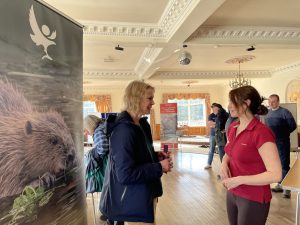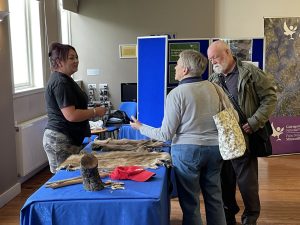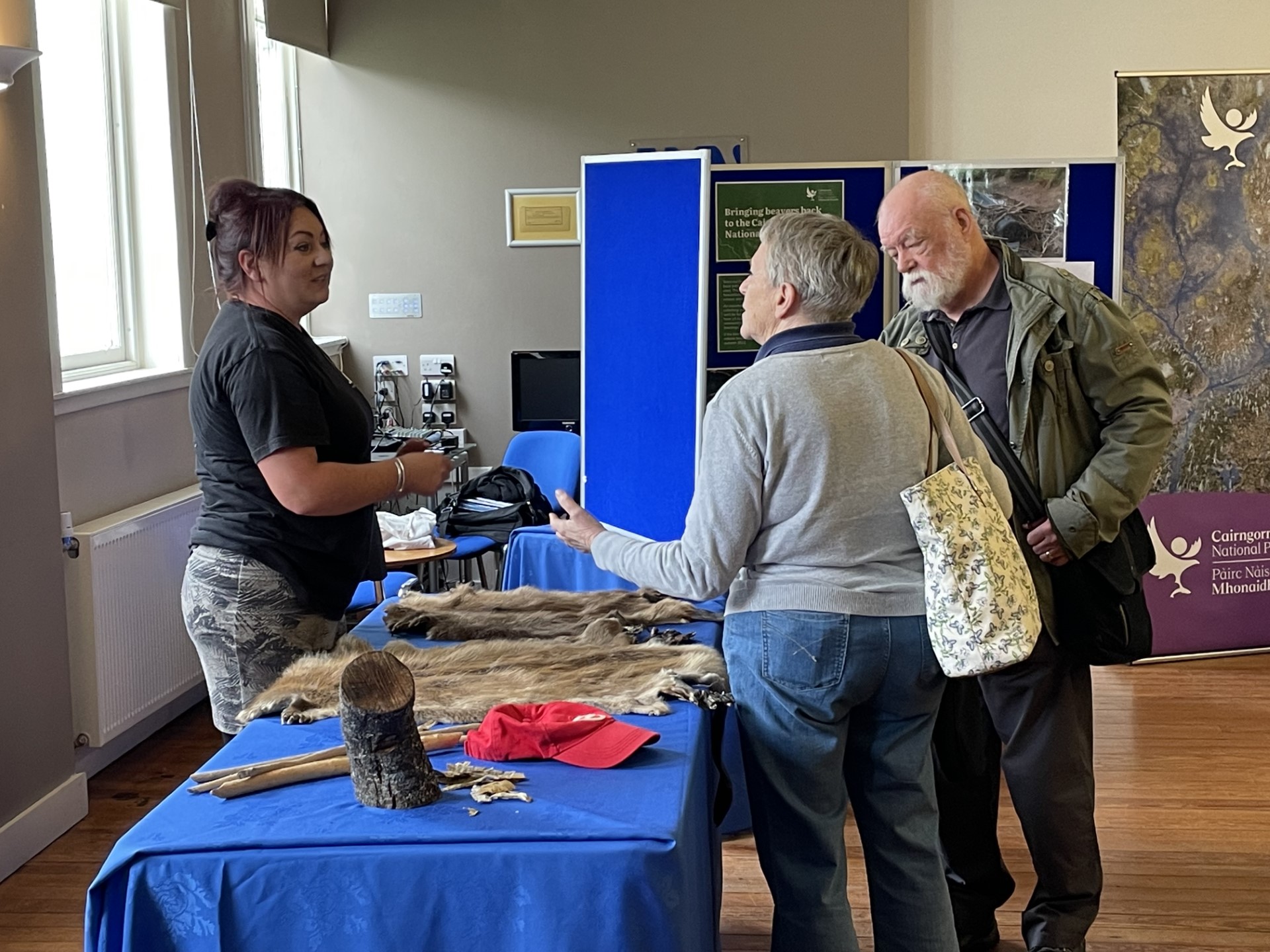2024 Award Winner’s Spotlight: Best Practice Award: Stakeholder Engagement
Cairngorms National Park Authority, with support from Beaver Trust, NatureScot, RSPB Scotland, Argaty Red Kites and National Farmers Union Scotland
Project Name: Bringing Beavers back to the Cairngorms National Park
This award was sponsored by:
![]()
The Cairngorms National Park Authority embarked on a significant journey in June 2022, deciding to spearhead the reintroduction of beavers. After obtaining a five-year license from NatureScot in December 2023, they translocated the first two pairs of beavers into the Spey catchment, marking a significant milestone in biodiversity and climate change action.
The journey began in 2017 when the Cairngorms Beaver Group was formed to explore the implications of reintroducing beavers. With Scottish Government policy shifting towards active translocation into suitable catchments, the Spey catchment, covering a large portion of the UK’s largest National Park, emerged as a prime candidate. Given that the Park Authority does not own land, collaboration with local landowners and communities was vital. Leveraging their strong relationships built over two decades of various initiatives, they engaged stakeholders extensively.
Stakeholder engagement was crucial considering the diverse opinions surrounding beaver reintroduction. Through a sustained period of learning and information gathering, involving discussions with experts and community members, they sought to address concerns and garner support. Collaborating with various organisations like the Beaver Trust and RSPB Scotland, they conducted widespread engagement activities, including drop-in events, farm visits, and specialist group meetings, ensuring transparency and inclusivity.
 The consultation process took place between March and September 2023, involving multiple stakeholders and sectors. The Cairngorms Beaver Group played a pivotal role in guiding this process, ensuring that concerns were addressed and voices heard. Their efforts included commissioned studies on habitat suitability and extensive stakeholder consultations, both within and outside the National Park boundary.
The consultation process took place between March and September 2023, involving multiple stakeholders and sectors. The Cairngorms Beaver Group played a pivotal role in guiding this process, ensuring that concerns were addressed and voices heard. Their efforts included commissioned studies on habitat suitability and extensive stakeholder consultations, both within and outside the National Park boundary.
Various engagement methods were employed to ensure accessibility and effectiveness, including social media, videos, and targeted events catering to different sectors. On-farm visits provided farmers with insights into potential implications and mitigation options, fostering constructive dialogue. Transparency remained a cornerstone, with all documents related to the translocation licence application made available online.
Efforts were made to address concerns related to fisheries, farming, and impacts on other species. Collaborating closely with the Spey Fishery Board, data sharing, monitoring schemes, and scientific reviews helped alleviate concerns about potential impacts on salmon populations. Similarly, consultations with farmers led to initiatives like flood bank condition surveys and repair funds to mitigate potential damages.
Concerns about impacts on other species, such as aspen and freshwater pearl mussel, were also addressed through engagement with experts and the development of monitoring and mitigation plans. Aspen conservation actions and surveys near release sites underscored their commitment to mitigating ecological impacts comprehensively.
In summary, the Cairngorms National Park Authority’s journey towards beaver reintroduction exemplifies a collaborative and inclusive approach to biodiversity conservation. Through extensive stakeholder engagement, transparency, and proactive mitigation strategies, they aim to pave the way for effective reintroductions while addressing concerns and fostering community support.
